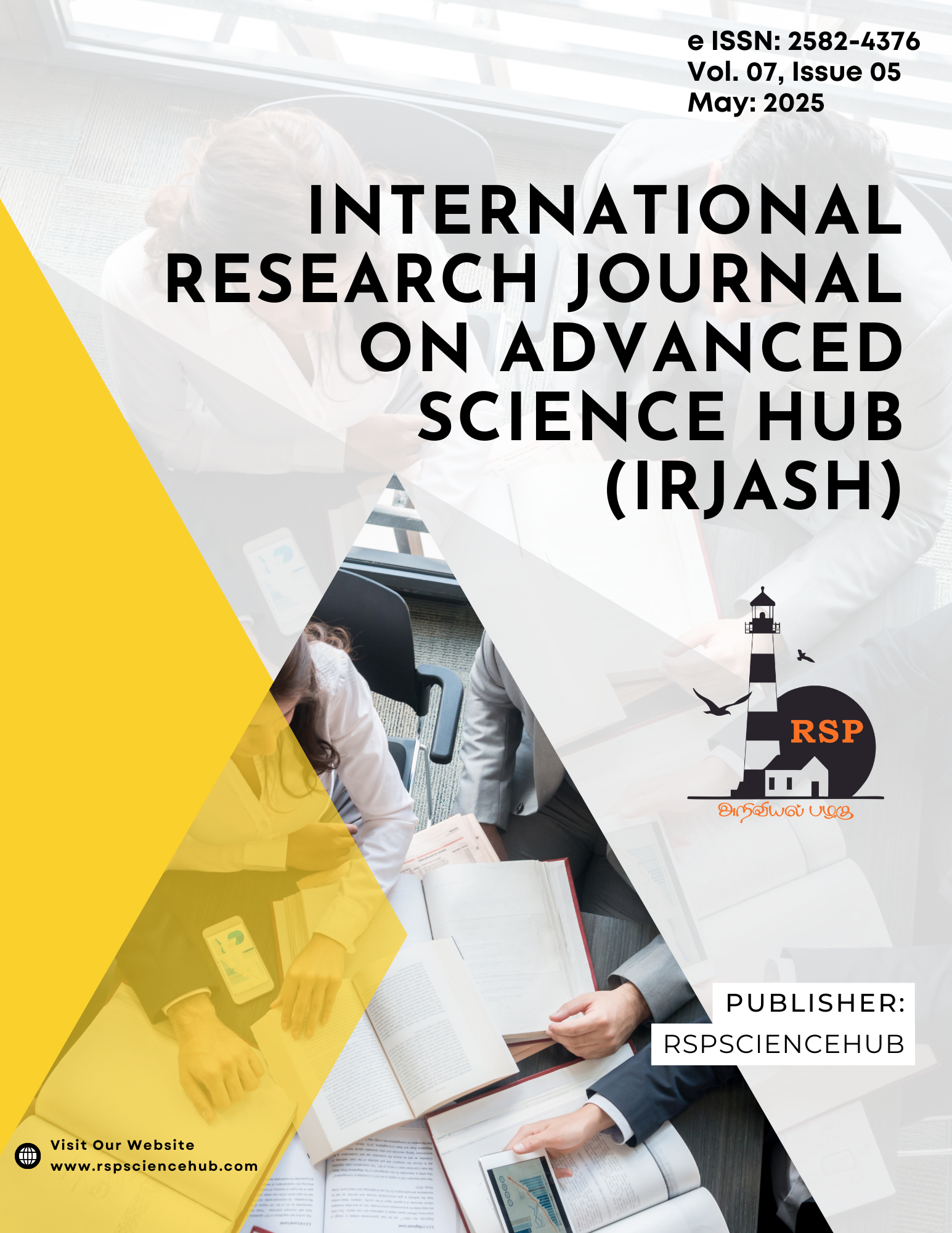Multi-Level Routing Mechanism for Energy Sensitive and Controllable Software Defined Networks
DOI:
https://doi.org/10.47392/IRJASH.2025.048Keywords:
SDN Controller placement, mapping problem, dynamic routing, energy-aware, optimizationAbstract
The objective of Software Defined Networking architectures is to prevent the excessive usage of energy required for routing and enabling devices across the network. The predominant measure of energy optimization technique is facilitated by proper planning of the routing mechanisms, where the algorithms determine the approach involved in sharing the messages around the devices at different locations. The proposed research article summarizes the techniques included in planning and mapping strategies for a green policy adhering to critical approaches and establishment of Data Centers. There are two significant planes that define, monitor and regulate the traffic of messages between the various devices of the network. The proposed strategy follows multiple-level planning and addresses the mapping problem which is persistent in existing approaches. The controlling plane is responsible for the effective placement of data center’s and switches for energy-saving traffic routing. The controllers are placed in predefined locations that are marked to be optimal locations by the mapping algorithm. The proposed algorithm follows the NP-hardness algorithm to define the various routes between different devices such as controllers and switches. The defined paths and immediate routes taken in situations of peak hours and other failures are clearly identified by the proposed algorithm well in advance for effective energy conservation. Effective mapping is also ensured by proper reallocation of routes which are defined as cost effective and fail-proof route to ensure completion of traffic. The defined algorithm enabled the Software Defined Networks to conserve energy up to 72% when compared to existing state of art techniques.
Downloads
Published
Issue
Section
License

This work is licensed under a Creative Commons Attribution-NonCommercial 4.0 International License.





